Top 5 Exercise Fails
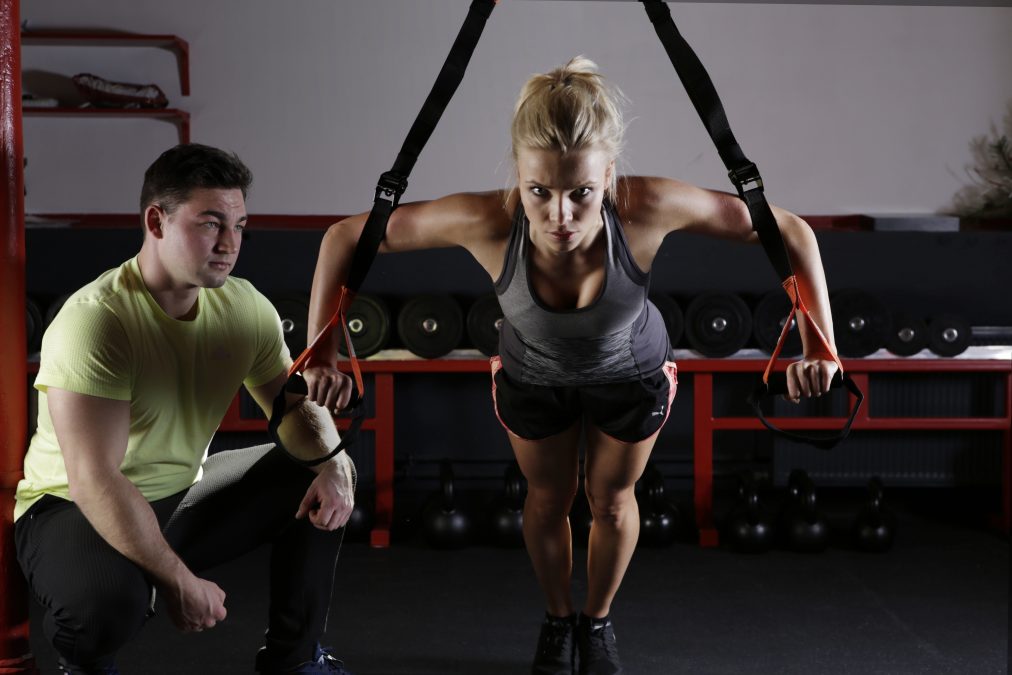
New year and a new you? While we might not all hop on the resolution bandwagon, it is the time of year that many people tend to kickstart an exercise program. We thought it would be fun and informative to give you our list of the top 5 exercise fails that we see around the clinic. People often come in with neck and shoulder tension, shoulder impingement, pain and grinding in the kneecap area after doing these exercises incorrectly. We’ve given you a few tips to help you avoid injury.
1. The Plank
Bad
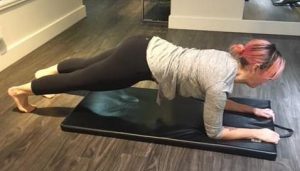
Fail: Hips too high or too low. Too high and you are overloading your neck and shoulders. Too low can lead to an arched back which can strain your lower back muscles.
Good
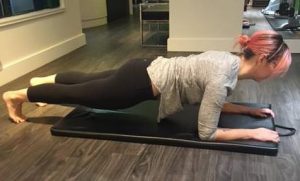
Tip: Keep your hips in line with shoulders so that you can draw a straight line from your shoulders, hips, to ankle. It should look like you are standing up but just horizontally.
2. The Squat
Bad:
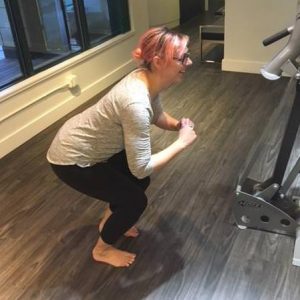
Fail: Knees coming forward over toes which overloads the knees and does not allow for strong recruitment of the core and gluteal muscles.
Good:
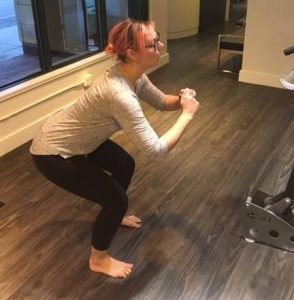
Tip: Sit deep into your hips keeping your weight in your heels. As your knees bend, you should still be able to see your toes. Plant your feet firmly into the ground, activate your core and squeeze your butt when you rise.
3. The Lunge
Bad:
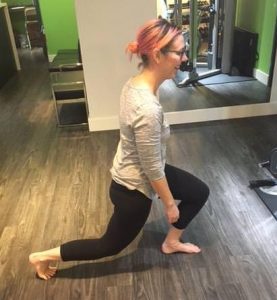
Fail: Lunging forwards instead of downwards which overloads front knee.
Good:
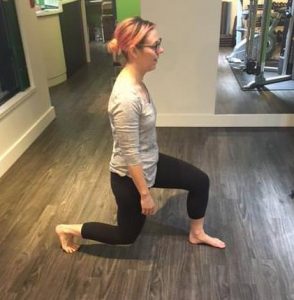
Tip: Have equal weight distribution between your front and back leg. Focus on bending the back knee and lowering it towards the ground.
4. The Push Up
Bad:
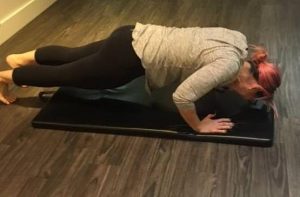
Fail: Head diving down before your torso. This can cause strain on your neck and shoulder muscles.
Good:
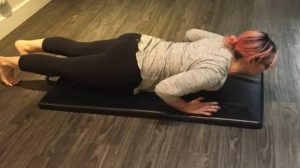
Tip: Keep your head in line with your shoulders by imagining your head is being suspended by a hook on the ceiling.
5. Using free weights
Bad:
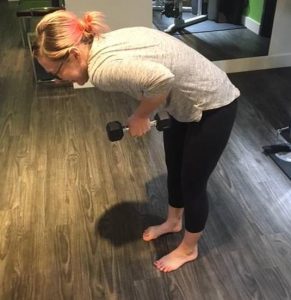
Fail: Shoulders rising up to your ears as you lift the weights. This puts a lot of strain on your neck muscles and muscles in the front of the shoulder.
Good:
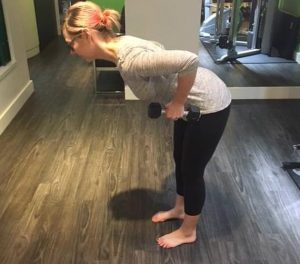
Tip: Have a small arch in your lower back and mid back relatively flat. Anchor your feet into the ground, keep your stomach muscles pulled in, and chest open. You should maintain this position as you lift the weights.
Jessie Wu, MPT, ConnectTherapyTM, Clinical Pilates, CAFCI

About twice a month our therapists will be posting answers to commonly asked questions. So, if you have a burning question that you want answered let us know in the comments below.
We can cover anything ranging from active rehabilitation, to injury prevention.
This week our featured therapist is Jessie Wu. To learn more about Jessie check out our PhysioWorks team.

Leave a Reply